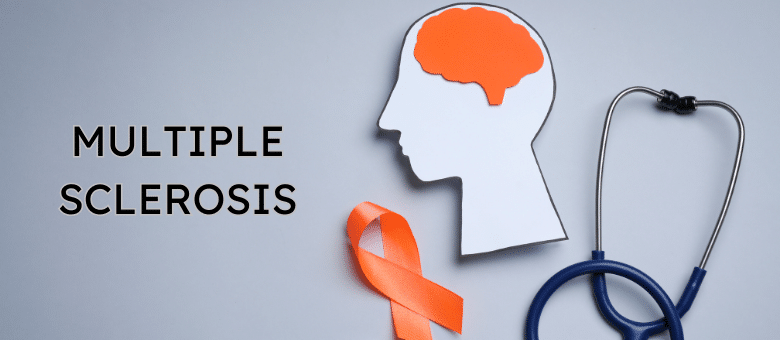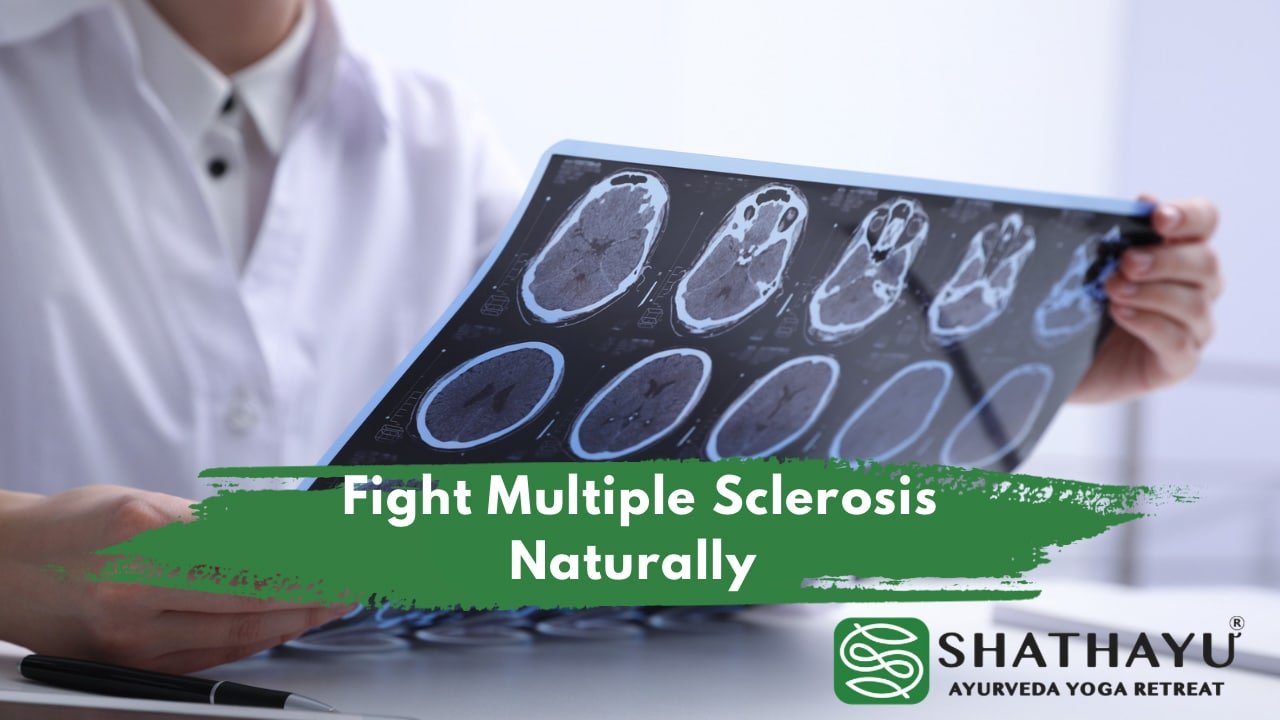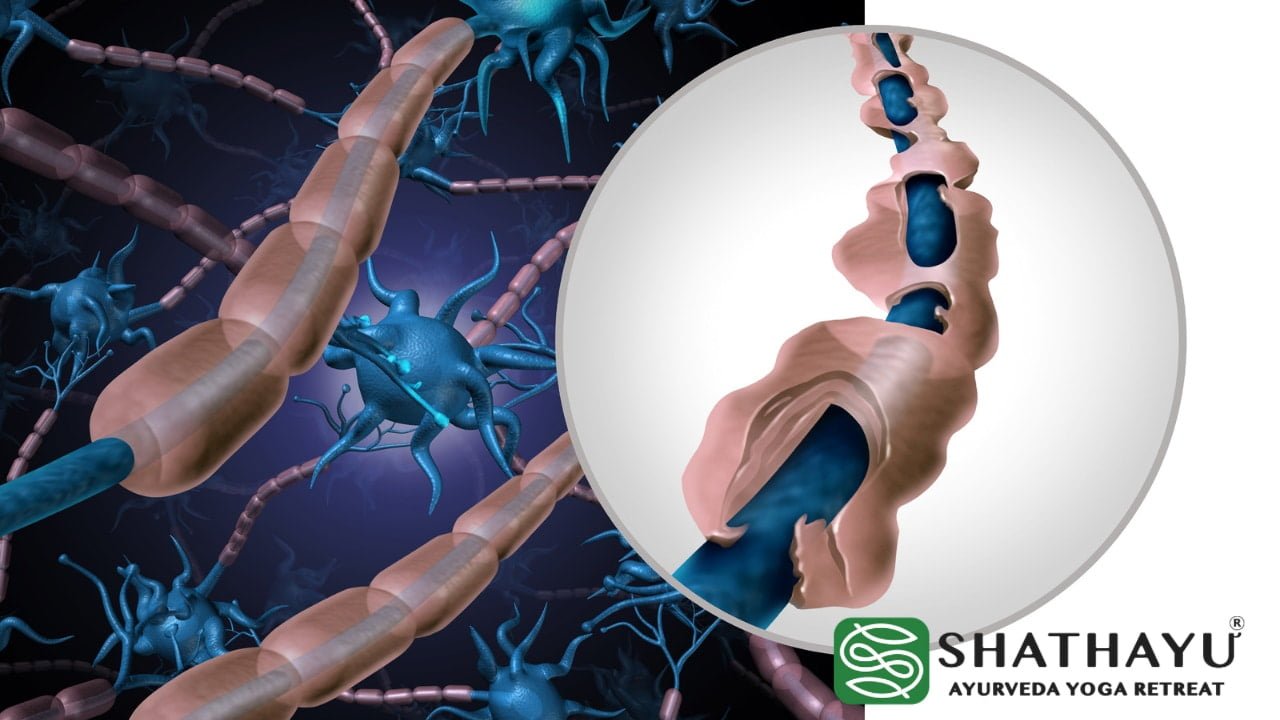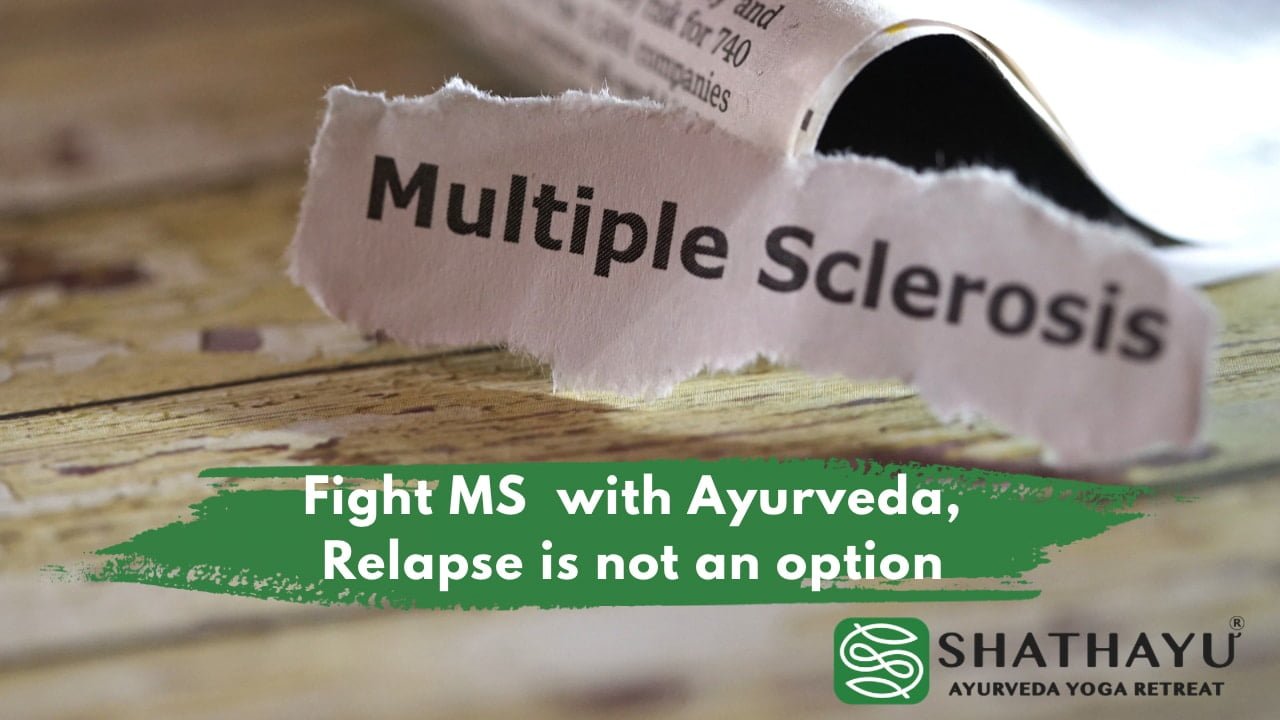
| January 18, 2023 | 0 |
Living with Multiple Sclerosis
What is Multiple sclerosis?
Multiple sclerosis is a progressive, Degenerative chronic autoimmune disease affecting nerve fibres of the brain and spinal cord.
Multiple sclerosis (MS), the most prevalent neurological disability is an autoimmune disease of the Central nervous system characterized by chronic inflammation, demyelination, gliosis, and neuronal loss. Although the etiology and pathogenesis of MS remain unclear, several studies illustrate that the cause of MS is multifactorial and includes genetic predisposition together with environmental factors. MS affects 2.5 million individuals worldwide. It is approximately threefold more common in women than men and the age of onset is typically between 20 and 40 years, but the disease can present across the lifespan.
Risk factors associated with Multiple sclerosis-
the risk factors include a combination of genetic susceptibility and a nongenetic trigger, such as a virus, vitamin D deficiency, or environmental factors, that together result in a self-sustaining autoimmune disorder that leads to recurrent immune attacks on the CNS.

Multiple Sclerosis
There are four main types of multiple sclerosis (MS):
- Relapsing-remitting MS (RRMS) is characterized by clearly defined episodes of neurological symptoms, called relapses, followed by periods of partial or complete recovery, called remissions. This accounts for 85%of MS cases.
- Secondary-progressive MS (SPMS) begins as RRMS but eventually progresses to a more steady decline in function without clear relapses or remissions.
- Primary-progressive MS (PPMS) is characterized by a gradual, steady decline in function from the onset of symptoms, without clear relapses or remissions in about 15% of cases.
- Progressive-relapsing MS (PRMS) is a rarer form of MS, characterized by a steady decline in function with clear relapses but no remissions.
The symptoms of multiple sclerosis (MS) can vary greatly from person to person and can include:
- Numbness or tingling in the limbs
- Weakness in one or more limbs
- Loss of balance and coordination
- Blurred vision or double vision
- Fatigue
- Dizziness
- Electric-shock sensations with certain neck movements
- Slurred speech
- Tremors
- Loss of bladder or bowel control
- Cognitive impairment, such as problems with memory and attention
- Depression and emotional changes
- Sexual dysfunction
It’s important to note that not everyone with MS will experience all of these symptoms, and the severity of symptoms can vary greatly from person to person. Some people may have only mild symptoms, while others may have severe disability.

Multiple Sclerosis
Contemporary management:
Corticosteroids, to reduce nerve inflammation.
Plasma exchange (plasmapheresis). The liquid portion of blood (plasma) is removed and separated from the blood cells. The blood cells are then mixed with a protein solution (albumin) and reinfused. This is followed if the symptoms are new, severe and don’t respond to steroids.
Injectables – Interferon beta medications, Monoclonal antibodies
Oral medications– Siponimod, Dimethyl fumarate, Cladribine etc.
Diagnostic criteria
MRI scans of the brain and spinal cord, which may reveal lesions, spinal fluid analysis, which may identify antibodies that suggest a previous infection & evoked potential test, which measures electrical activity in response to stimuli.
Ayurvedic perspective of Multiple sclerosis
As multiple sclerosis cannot be compared to any prescribed condition in Ayurveda it can be considered as anukta vatavyadhi. Vata dosha having its main lakshana as gati (movement) and gandhana (knowledge perception) are generally attributed to nervous system. The symptoms of vatavyadhi are Sankocha (contraction), stambhana (stiffness), shoola (pain) & graha (spasticity) which are alike to the symptoms of Multiple sclerosis.
The inherent natural qualities and actions of vata are mainly derranged and hence normalizing this is the initial treatment protocol. Further, the etiology can be either dhatu kshaya or aavarana leading to its respective pathogenesis. The concept of autoimmunity can be understood under the purview of aama(metabolic substances) which leads to aavarana and later dhatu kshaya. However, in case of chronic conditions or if there are repeated suppression of Ama, toxins get accumulated deep in the cells and when the level of tissue has penetrated, immune system starts to attack the affected cells. This causes inflammation or allergic reactions that without proper treatment can lead to auto-immune diseases like MS.

Multiple Sclerosis
Ayurvedic treatment protocol
Three Phases of MS Treatment at @shathayuRetreat
1. Phase 1: Ama is dispelled using herbs & Therapy massages to build stamina.
Oil massage, a common practise in Ayurvedic medicine, is a highly effective, first-line treatment for neurological disorders.Snehana (Oleation) is the primary goal of treatment, achieved via abhyanga and various swedanas (purification rituals) performed beforehand, such as the Shastikashaali pinda sweda, the masha pinda sweda, and the nadi sweda. Murdhni Taila- Shirobasti, shiropicchu, shirodhara, shiro abhyanga, and Shiro thalam are examples of treatments that are specific to Neurological conditions.
2. Second Phase: The Panchakarma Detoxification Techniques
Classical Detox is admistered.Include the cleansing techniques of snighdha virechana, basti (Colon therapy), and brihmana Nasya. The goal of medicating for Avarana should be to purge the srotas. To restore Vata to its natural course, a number of Panchakarma treatments are predetermined.
3. Phase 3- the Rasayana Immunomodulator Stage
Rasayana is a crucial step after a cleanse, as it helps to prevent a relapse.
The vitiated Vata can be balanced and the immune system modulated with the help of internal administration of formulations such as Dhanwantaram Kashaya, Astavarga Kashaya, Guduchisatva, Amalaki + yastimadhuchoorna, Dashamoolarista, Balarista, Vidaryadigritha, Rasnadigritha, Swarna bhasma. The nootropic effect is enhanced by the nervine tonic properties of rasayanas like Ashwagandha rasayana, Vidaryadhilehya, and Amalakirasayana.
Conclusion:
Ultimately, the root cause of MS is still a mystery, but the condition does fit into the category of autoimmune diseases, and there is currently no agreed-upon method of treatment. Steroids, glucocorticoids, and interferons are prescribed for MS, but they can cause side effects like fluid retention, potassium loss, weight gain, and hepatotoxicity. Dhatu Kshayajanya Vata Vyadhi is associated with demyelinating diseases like multiple sclerosis. Patient factors allow for the planning of different treatment modalities like Shodhana, Shamana, and Rasayana. If we take an ayurvedic approach to management, we can stop things from getting worse and make people happier. Ayurveda’s diverse array of therapeutic approaches and medicinal options makes life with multiple sclerosis more manageable.